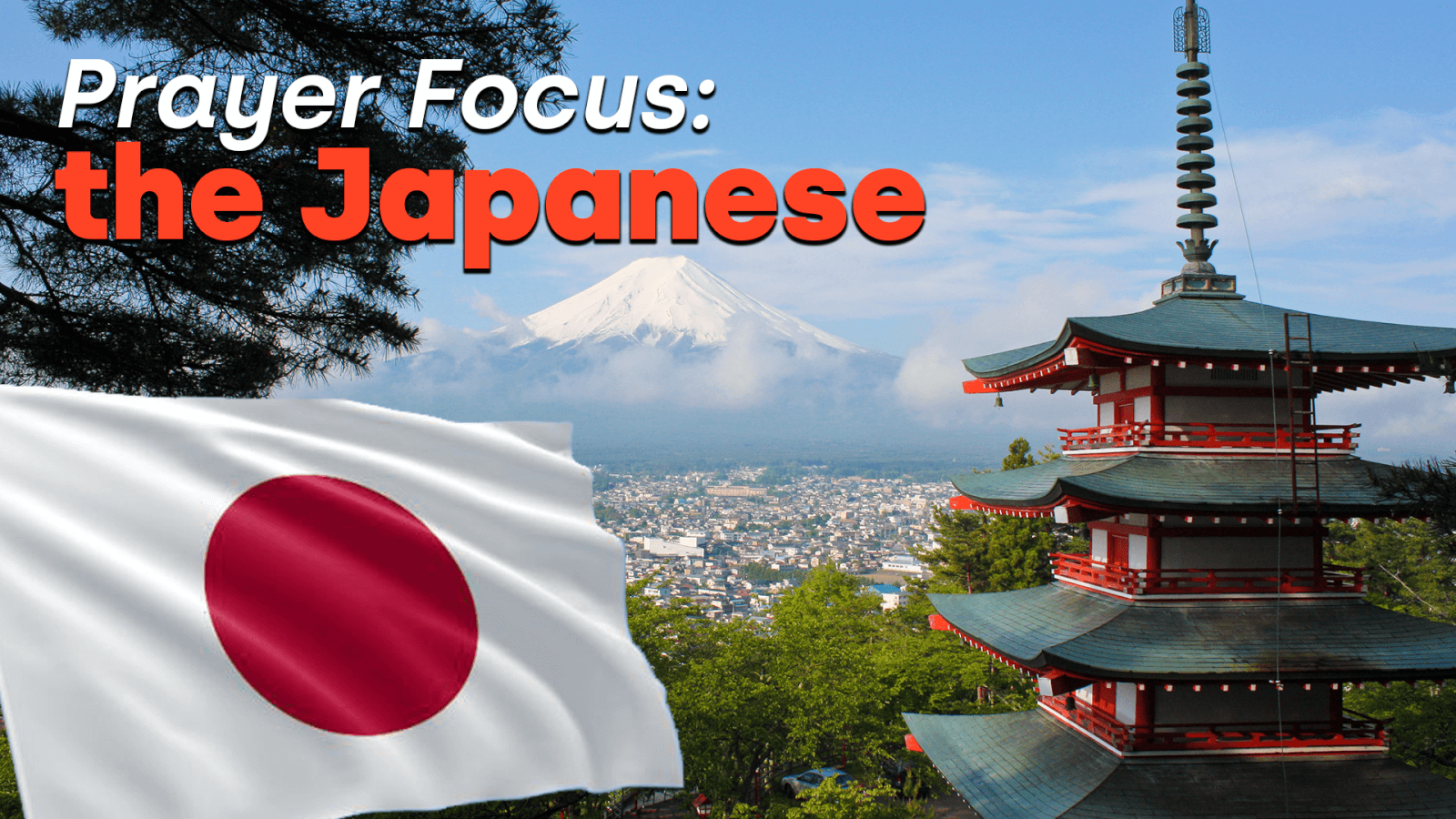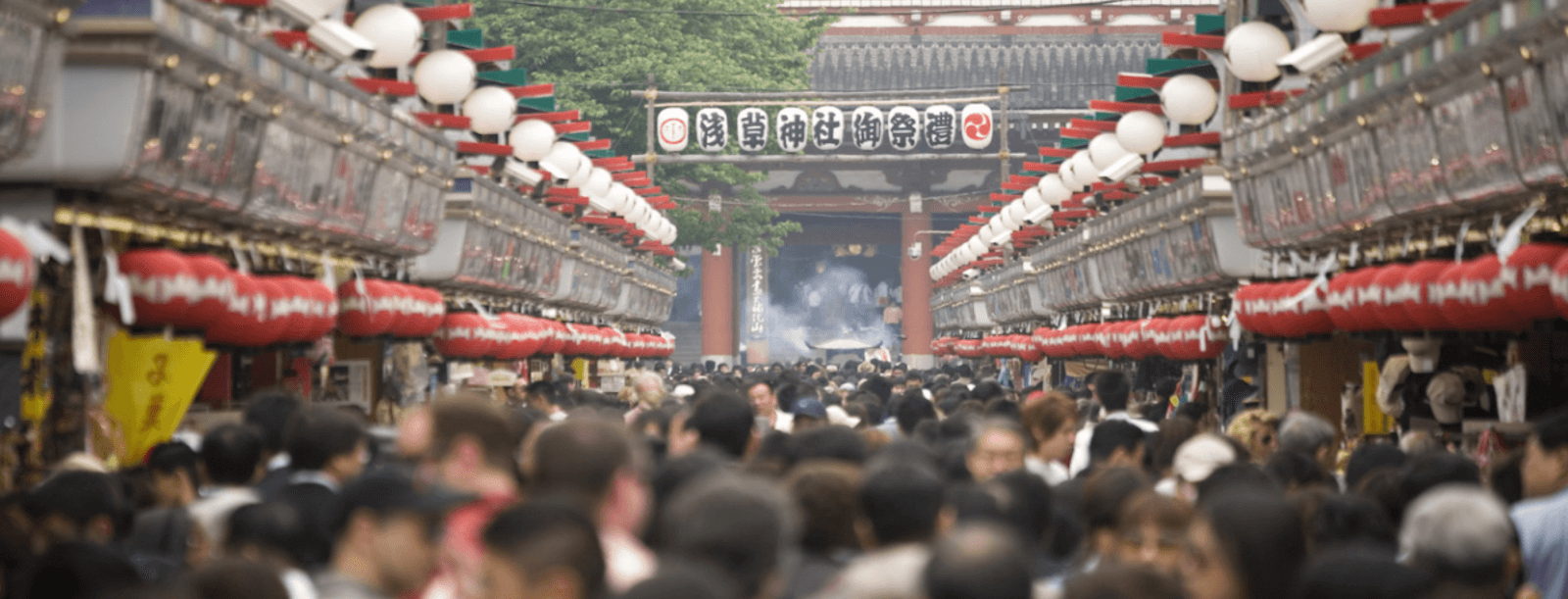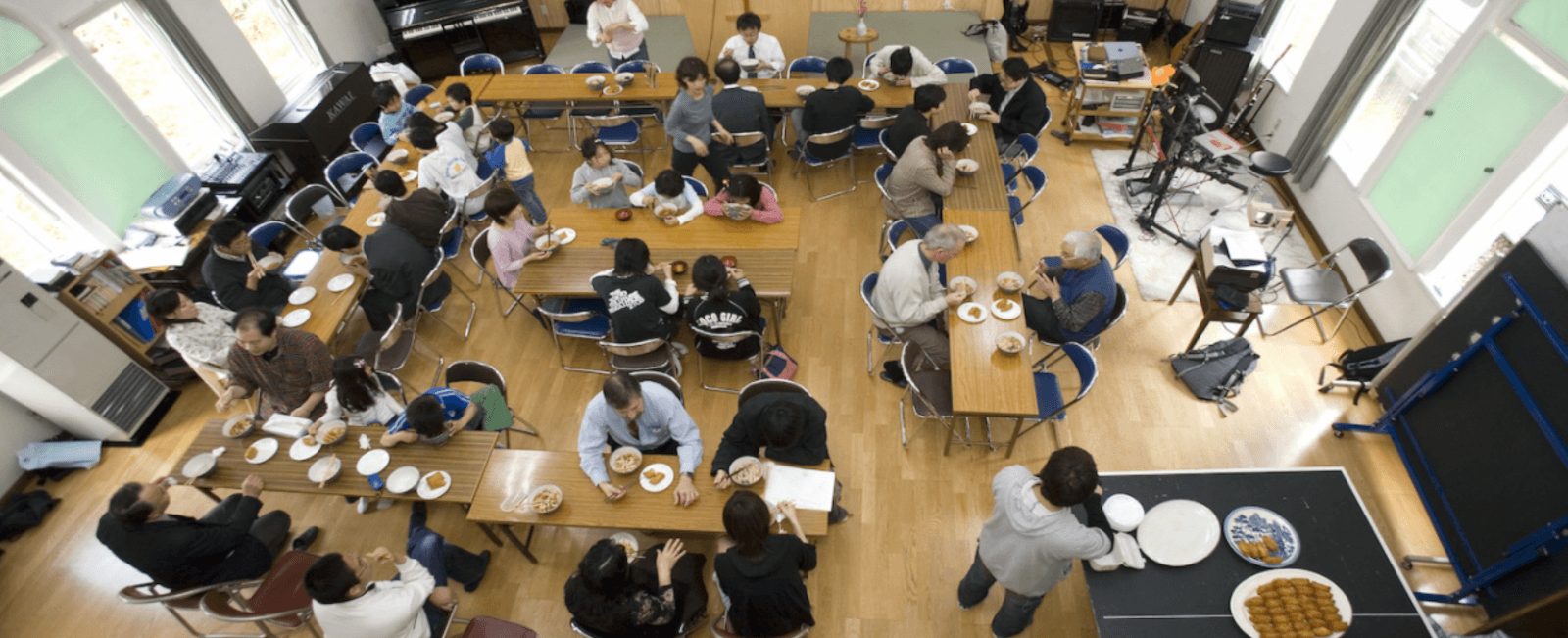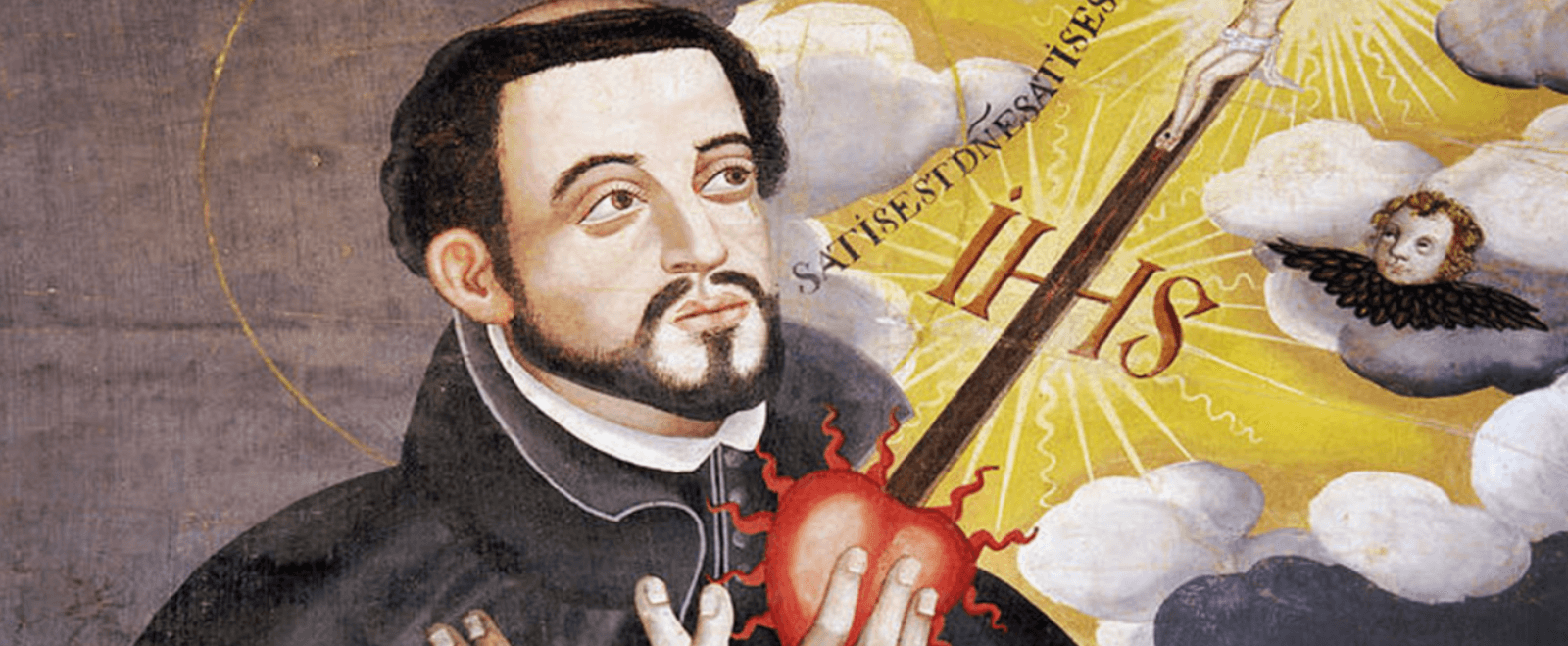Each year at Gold Hill, we set a prayer focus for the year, praying for an ‘Unreached People Group’ in the world, people who have largely not had the opportunity to respond to the good news of Jesus. This year, our focus is on the Japanese.

Praying for Japan
Pastor Keishi Ikeda who leads Japan international Sports Partnership JiSP is driven by a vision to see the Japanese Church grow to 10 million people by 2024. “Imagine ten million Christians in Japan…This would change Japan. And not just Japan, we could send teams from Japan into other countries that many can’t get into as our passport is powerful. This is a wave; we need to ride it,” said Ikeda.
The current reality is that the Japanese people are the world’s second largest un-reached people group. Church attendance hovers around 4 in 1000 – with only one being male. Nothing short of a miracle will awaken Japan. We serve the God who has promised miracles. We believe an awakening is coming.
Edwin Orr the great scholar on revivals said, “Whenever there is an awakening there is evidence of three things. People coming together “in one accord,” people hearing the Good News in their own “heart language” and a deep, ongoing passion and commitment to prayer.
Ways to Get Involved
There are a few different ways you can get involved in praying for the Japanese as an unreached people group.
1. 17 Day Prayer Guide on YouVersion
Download the YouVersion Bible app on your phone and use the 17 day prayer guide by Pray4Japan. Details are at https://my.bible.com/reading-plans/26674-pray4japan-17-day-prayer-guide-for-japan
2. 5 Day Prayer Guide PDF – 5 minutes for 5 days
Pick a week and choose to pray for Japanese people, guided by this really helpful PDF which gives a focus for each day and prayers that you can pray. Download by clicking here.
3. Educate yourself to fuel your prayers
It’s good to educate yourself on the basics of Japan’s worldview and culture. Some basic information is below on this webpage, but as well as that here are some links to videos that will help to inform you and give fuel and shape to your prayers:
- Short introduction to Japan – https://www.youtube.com/watch?v=XE-ypI4emSI&t=28s
- Understanding: Reaching Asia’s Diaspora – https://vimeo.com/3283621
- Hand in Hand | Japan: Below the Surface – https://vimeo.com/3629960
- A prayer video by a Japanese believer for their nation – https://prayercast.com/japan.html
Some background about Christian faith in Japan
This information is taken from the OMF website which gives information about countries all over the world. These sections are about Japan.

Religion in Japan
Most Japanese people identify themselves both as Buddhists and Shintoists. On the other hand, surveys have also consistently shown that only one-third of the people profess a religious faith. This apparent anomaly can be explained by the fact that many Japanese people do not understand “religion” in the same way that Westerners do. Most people are not interested in religious beliefs, but rather practise religion for the functions it fulfils in their lives. It is not unusual for a person to go through three sets of religious rites within a lifetime: a Shinto dedication at birth, a Christian-styled white wedding, and a Buddhist funeral.
In summary, most people have little problem practising more than one religion, since each religion provides different benefits at different times. The truth of preaching Christ as the only way to salvation presents a huge challenge.
Pray:
- That many Japanese people will know Christ as the only One who can meet all their needs.
- For all Christians to be given spiritual wisdom, courage, and power to share the gospel effectively with their friends and family members.

Church in Japan
Are missionaries still needed in Japan? This is a question not infrequently asked by non-Japanese people. After all there is a Japanese church.
There are approximately 8,000 Protestant churches in Japan, but that is only 1 church for approximately 16,000 people. Eighteen cities and over 500 towns have no church. Many churches have fewer than 30 members and an increasing number of churches have no pastor. Baptisms may be rare. Aging congregations, plus difficulties in reaching men and the younger generation can give rise to doubts about the future of a church.
However, in spite of this, the church in Japan has a good reputation, and an influence greater than its size. Many Japanese Christians have sacrificed much to become church members, so they tend to be serious about their faith. They have a sense of responsbility and usually give generously. Increasingly churches are becoming more willing to try innovative means to reach people.
Pray for:
- Good co-operation among Japanese churches so they can share resources.
- Provision of pastors and training of lay leaders.
- A good relationship between missionaries and the Japanese church as they seek to reach Japan for Jesus.

History of Christianity in Japan
Francis Xavier, the Jesuit missionary, brought Christianity to Japan in 1549. However the shoguns [Japan’s leaders] became convinced that this was to soften them up for European conquest. In 1612 as many as 300,000 Japanese Christians were persecuted and many were martyred. The country was closed to all foreigners for 250 years.
There was a positive response to the gospel in the late 1800s when Japan re-opened its doors to the West. But this was followed by renewed suspicion and rejection. Church growth slowed dramatically in the early 20th century as pressure from inside and outside the church stunted growth.
The post-war years have seen increased evangelical activity, initially from America, with good growth between 1945 and 1960, and more recently from Korea. In line with its pioneering ethos, OMF’s first workers moved into unreached territories in 1951, concentrating on Hokkaido and the Aomori Prefecture. Young people in particular responded, but rapid urbanization led to shrinking churches as new converts left for the cities. OMF today targets Japan’s cities, both mega-cities and smaller cities, though also has work in rural areas. OMF’s headquarters are in the greater Tokyo area.
Despite this heartening growth, the general population has remained absorbed in materialistic attitudes and confident in their own religions. A breakthrough has yet to come. Spiritually, Japan remains unresponsive to the gospel. Cultural pressures to conform and the intense work ethos squeeze out Christianity, particularly for Japanese men. About 70 per cent of all churches have an average attendance of less than 30, though membership is double this figure. This is because many people have to work on Sundays and are therefore unable to attend church every week. Nevertheless many of these people who cannot attend every Sunday are active in church during the week. It is said that 90% of Japanese Christians backslide. However, some of these people are ‘discovered’ many years later and are restored to fellowship.
The recent economic slow-down and the recurrent political scandals have shattered many dreams and shown the emptiness of materialism. There has been a renewal of spiritual interest, seen in the fast growth of sects and new religions. Aum is one that has gained notoriety overseas as well as in Japan. Many who have been brainwashed by cults take years to recover if they manage to escape their clutches.
There are no restrictions to witnessing or preaching the gospel.
Brief timeline:
- 1549 Jesuit missionary Francis Xavier arrives and growth follows
- 1587 Foreign missionaries banned
- 1614 Government ban on Christianity, widespread persecution of Christians until 1640
- 1639 Japan enters long period of national isolation
- 1853 US Commodore Matthew Perry demands that Japan opens its ports
- 1859 Protestant missionaries arrive
- 1873 Government ban of Christianity lifted
- 1870s Missionaries produce Japanese translations of the Bible
- 1941 Government orders Protestant denominations to merge
- 1947 Religious freedom guaranteed by post-war constitution


